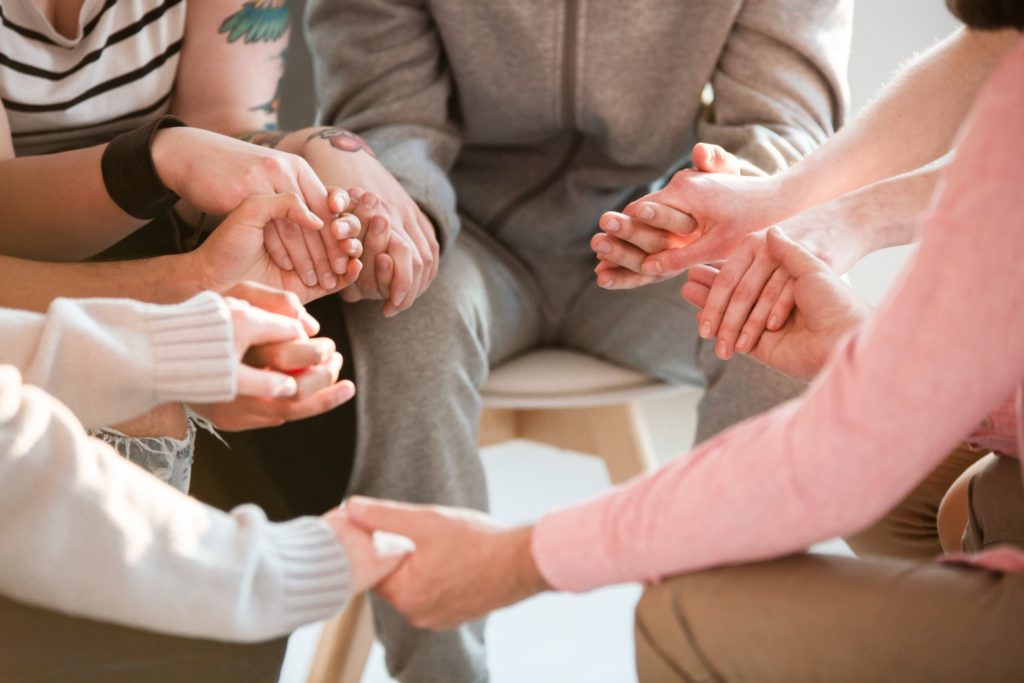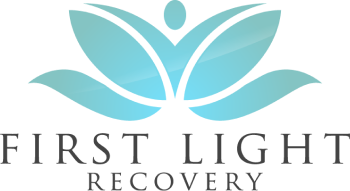Self-harm, also referred to as non-suicidal self-injury, is the act of deliberately causing yourself bodily harm, such as burning or cutting yourself. In most cases, it’s not a suicide attempt.
The behavior is a harmful and unhealthy way of coping with feelings of distress, such as frustration, intense anger and emotional pain. It may temporarily release tension and provide a momentary sense of calm.
However, painful emotions usually follow, along with shame and guilt. While you may not intend to inflict life-threatening injuries, self-harm may have severe and even fatal consequences. Seeking the appropriate treatment can help you develop healthier ways to deal with emotional distress.
Symptoms of Self-harm
The signs and symptoms of self-harm include:
- Always wearing long pants or sleeves
- Scars, typically in patterns
- Rubbing of area excessively to create a burn
- Fresh wounds, such as bite marks, bruises, scratches, cuts
- Carrying sharp objects
- Difficulties in interpersonal relationships
- Emotional and behavioral instability
- Unpredictability and impulsivity
- Statements of worthlessness, hopelessness or helplessness
- Frequent reports of accidental injury
Self-harm typically happens in private in a ritualistic, controlled way. It often leaves wounds that appear in patterns. Examples of self-harm include:
- Inserting objects under the skin
- Using a sharp object to make severe scratches or cuts
- Using a sharp object to pierce the skin
- Scratching
- headbanging, punching or self-hitting
- Burning with sharp, heated objects or lit cigarettes or matches
- Carving symbols or words on the skin

The limbs and front of the torso are the most common targets of self-harm. However, people who self-harm may target other areas of the body and use more than one method.
Emotional distress can trigger self-harm. Many people who self-harm do it a few times and stop. For others, the behavior becomes repetitive and long-term.
When To See a Doctor
If you self-harm, or if you think about it often, reach out for help. It’s a sign that you have more significant issues that need addressing. Reach out to someone you can trust — such as a significant other, friend, spiritual leader, healthcare professional, or institutional teacher, nurse or counselor.
They can help you through the initial process of seeking treatment. It’s normal to feel embarrassed or ashamed about these behaviors. Even so, you can still find nonjudgmental, caring and supportive help.
If you have yourself severely or the injury seems life-threatening, or if you think you may attempt suicide, call your local emergency number or 911 immediately. If you’re having suicidal thoughts, consider the following options:
- Seek help from your institution’s counselor or nurse, teacher, or a health care provider such as a doctor.
- Reach out to a loved one or close friend.
- Call a suicide hotline. In the U.S., you can call the National Suicide Prevention Lifeline (1-800-273-TALK (1-800-273-8255)) or contact them on webchat.
- If you’re seeing a mental health professional, call them.
- Contact someone in your faith community, such as your spiritual leader.
What To Do When a Loved One or Friend Self-Harms
It may be scary or shocking when someone you care about is self-harming. No matter how minor it seems, take any form of self-harm seriously and seek help. It’s too serious a problem to deal with alone or ignore. Here are some ways you can help:
- An adult. Share your concern gently and encourage the person to seek health and medical treatment.
- A teenage or preteen friend. Suggest that they talk to a trusted adult such as parents, a school counselor, a teacher.
- Your child. Start by consulting a health care provider, such as your pediatrician, who can evaluate your child or provide a referral to a qualified mental health professional. Express your concern, but avoid making accusations or threats at your child or yelling at them.
Causes Of Self-Harm
There’s no single or straightforward cause for self-harm. It generally results from:
- Difficulty managing emotions. You may have difficulty understanding, expressing or regulating your emotions. Self-injury results from complex emotional triggers. For example, you may experience feelings of panic, rejection, guilt, confused sexuality, self-hatred, loneliness, worthlessness or anger.
- Poor coping skills. Inability to cope with psychological pain in healthy ways usually causes non-suicidal self-injury.
People who self-harm may be attempting to:
- Gain control over their life situations, feelings or body
- Provide a sense of relief reduce or and manage severe anxiety or distress
- Punished themselves for perceived faults
- Communicate distressful feelings such as depression to the outside world
- Externalize internal feelings
- Use physical pain to distract themselves from painful emotions
- Using physical pain to soothe a sense of emotionally empty
Risk Factors And Complications Of Self-Harm
Self-harm occurs in all age groups. However, the behavior is most common among young adults and teenagers. It typically starts in the early teen or preteen years because this period in life is marked by volatile emotionality due to increasing rebelliousness, loneliness and peer pressure. Risk factors include:
- Having friends who self-injure.
- Being a victim of traumatic events, such as neglect or emotional, physical or sexual abuse.
- Having poor mental health issues.
- Excessive alcohol consumption and drug use.

Several complications may result from self-injury. They include:
- Permanent scars or disfigurement
- Worsening feelings of low self-esteem, guilt and shame
- Severe and some fatal injury
- Worsening of underlying, untreated health issues
- Infection from sharing tools or from wounds
Preventing Self-Harm
There’s no sure way to prevent self-harm. However, you can try to reduce the risk factors with the help of friends, parents, other family members, coaches, teachers, school nurses and counselors. Here are a few helpful strategies.
- Identify at-risk people and provide help. At-risk people can be taught healthy coping skills and resilience, which they can use to deal with emotional distress.
- Develop healthy social networks. Many people self-harm due to feeling disconnected and lonely. These people can benefit from connections to people who don’t self-harm.
- Raise awareness. Improve understanding about the warning signs of self-injury and intervention measures.
- Encourage peers to seek help. Peers tend to be loyal to friends. Encourage young adults, teens and children to avoid secrecy and seek adult assistance if they’re concerned about a loved one or friend.
Get The Help You Need Today
You can receive help for your self-harm behaviors, or for someone you love who engages in self-harm acts. Professionals at First Light Recovery are ready to help you deal with and resolve any underlying issues you may be experiencing. Contact us in San Juan Capistrano today.




